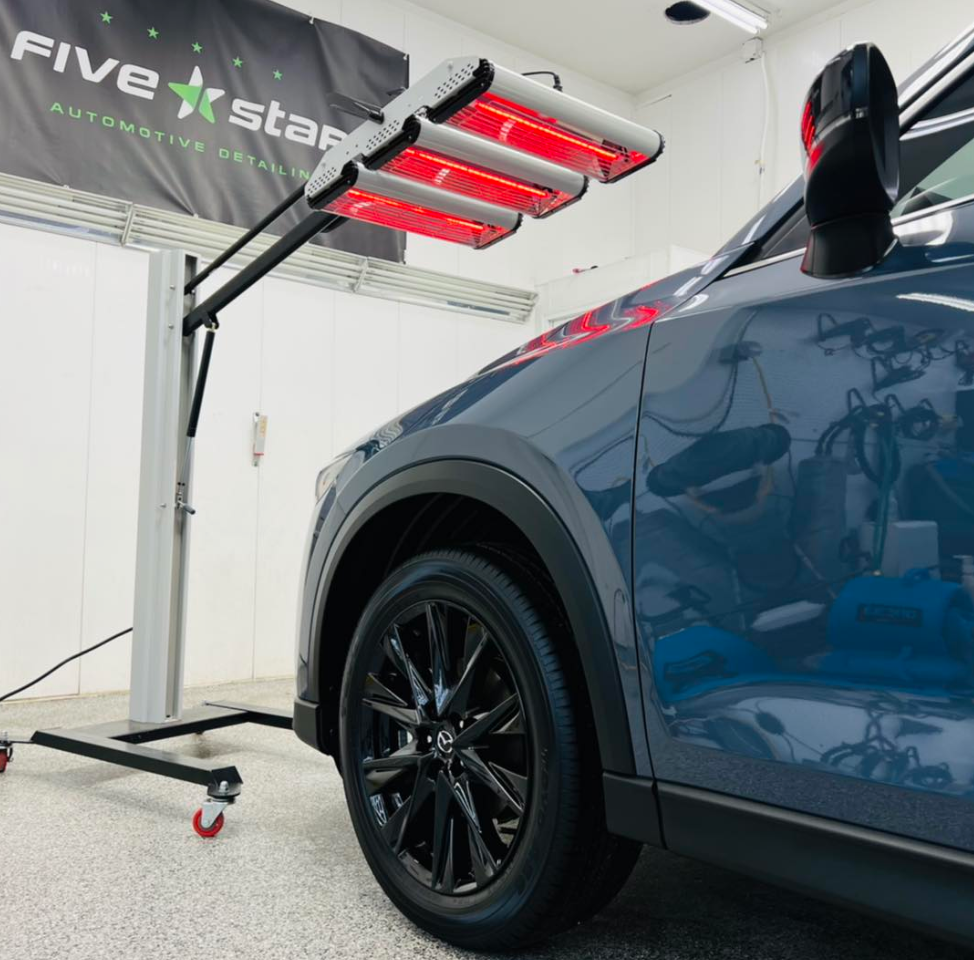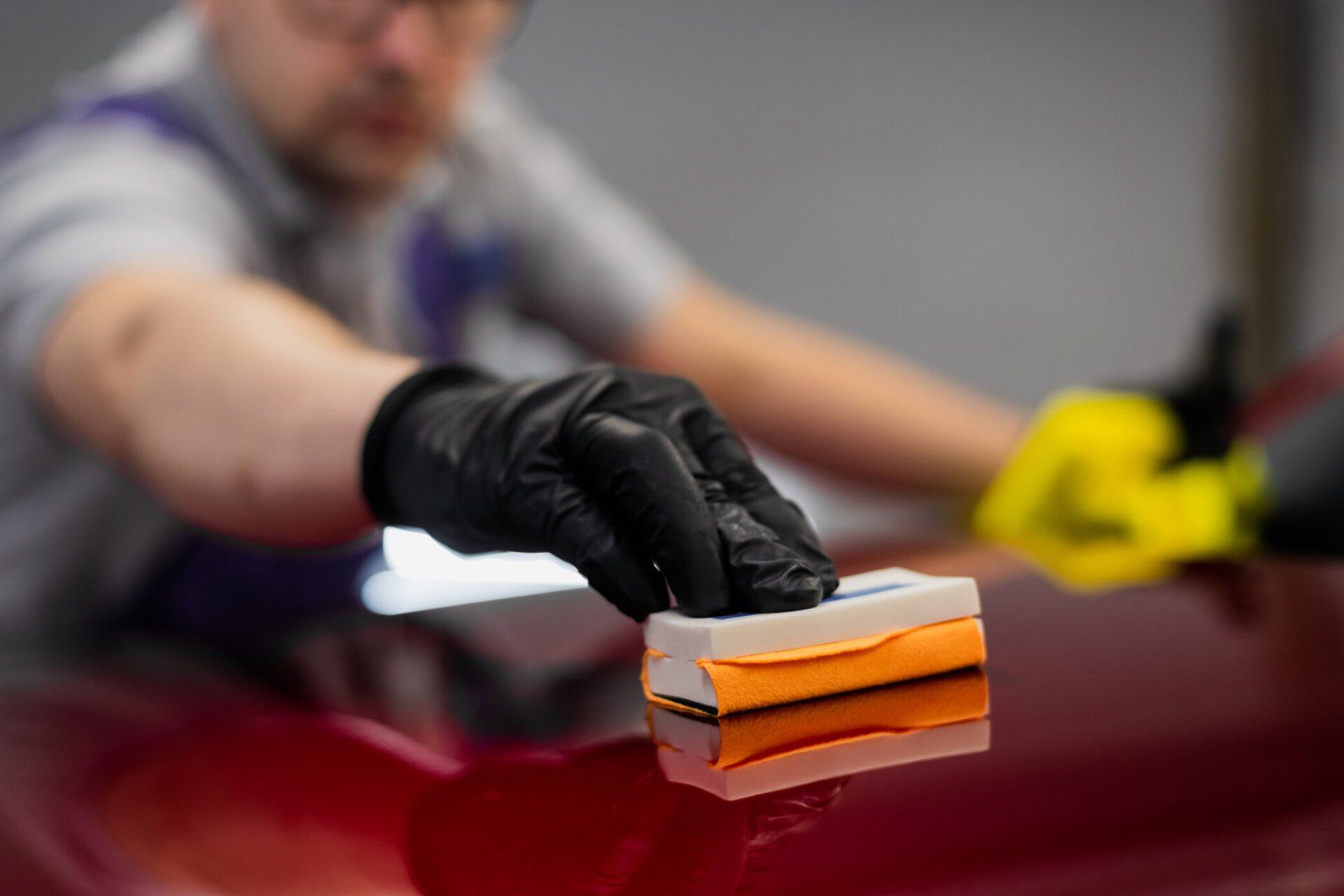If you’ve been investing in your car’s aesthetics for quite some time to make sure it stays in showroom shape, chances are that you’ve taken things a step further by getting your vehicle ceramic coated.
With exceptional water-repellent properties and the ability to keep paint in perfect condition, it’s easy to see why many finish-conscious drivers are investing in this solution for their vehicles. Although a simple wash-and-wax may suffice for others, getting a ceramic coating instead is especially advantageous because of the many benefits it provides. Once your car is treated with a picture-perfect finish and coat of specialized solution, you’re going to fall in love with it all over again!
However, as the weeks or months go by and the weather’s elements start to get more aggressive, you’re going to ask yourself one question: “What can I do to keep my ceramic coated car clean?”
Why Do You Need to Keep Your Ceramic Coated Car Clean?
While it may seem like applying a DIY coating or 9H ceramic coating care of 5 Star Auto Detailing leaves your car immune to the need to be meticulously cleaned, the reality is quite the opposite.
Sure, ceramic coating treatments are advertised with “self-cleaning” attributes for any finished product, but regular, proper cleaning is still necessary to keep everything looking new. The truth is, a ceramic coated car does not clean itself; instead, it is much easier to keep spick-and-span because of its intrinsic hydrophobic effects.
How Do You Maintain Your Ceramic Coating?
Compared to a car with a regular finish, cars with ceramic coating have a few nuances that need to be accounted for. The coating has very specific chemical properties that require apt methods and approaches to cleaning.
To help ensure that you keep your specially-treated vehicle in pristine condition, here are a few tips and tricks that you should follow:
Tip #1: Never Take Your Car to an Automated Car Wash
We believe we need to get this particular fact out of the way because far too many drivers are unaware of it.
You see, the quickest way to ruin any ceramic-coated vehicle is to take it to a drive-thru car wash because of the one-size-fits-all, low-quality work that gets done. Because of their harsh brushes and curtain-looking mop-type cleaning rags, these car washes can wreck a ceramic coating in a matter of seconds. On top of the abrasive brushes, the soaps used are typically as pH aggressive as an industrial detergent, which adds more trouble to the mix.
Tip #2: Wash Your Car in Low-Light Hours
Here’s something you probably didn’t know about preserving a good ceramic coat: the time of day you wash it absolutely matters.
It may not seem like much, but washing your vehicle in low sunlight is critical for preserving the finish. This specific time prevents issues like water spots and streaks on the ceramic coating. By choosing to do your routine clean on a cloudy day, early in the morning, or close to sunset, you won’t have to worry about quickly-dried soap that can mess up your beautiful finish!
Tip #3: Let an Expert Deal With Your Car
When it comes to keeping a ceramic coating in picture-perfect shape, nothing gets the job done better than bringing a car to a professional detailer every quarter or so. Through the help of an expert like 5 Start Auto Detailing in Rochester, MN, you can preserve the coating on your vehicle in the best way possible with cutting-edge methods and industry expertise!
Conclusion
As wonderful as it is to look at your ceramic-coated vehicle, it’s vital not to be complacent about maintaining it with the correct practices. Through the help of the three key cleaning tips mentioned above, you’ll be able to keep your ride looking sweet all year round without any troubles or unwanted hiccups!
At 5 Star Auto Detailing, we take immense pride in being the top expert in
auto detailing in Rochester, MN. Get in touch with us today to schedule an appointment and learn more about our services!






